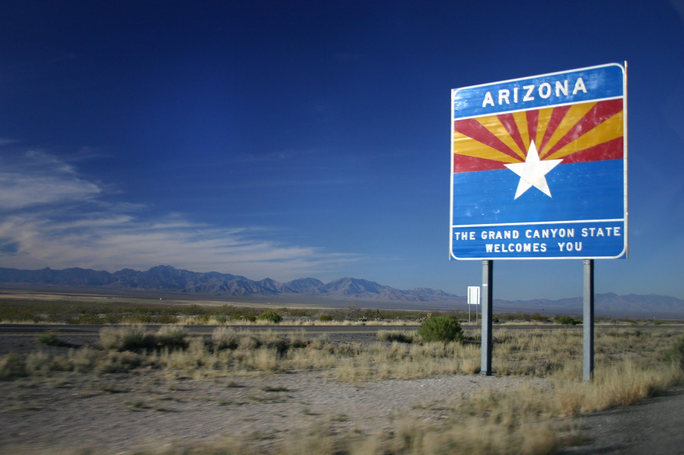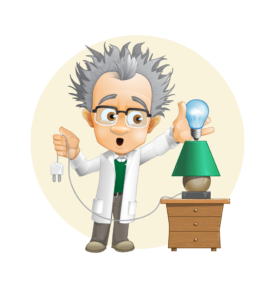LED technology has been steadily incorporated into more facets of society in recent years. While most people think about LED lights in their homes and television sets, the United States Department of Energy has been looking into using LED lighting for outdoor illumination needs on public properties.
To see whether or not LED lighting would be a viable upgrade for lighting infrastructure, the DOE installed LED lights along the border with Mexico outside of Yuma, Arizona. Now that the experiment has collected more than 5,000 hours of lighting data, the results are starting to show some startling variations. Previous data gathered in February and September of 2014 reflected the performance levels after only 2500 hours of operation.
Initially, the LED lights outperformed the quartz metal halide fixtures already in place along the border. Not only did the LED lights provide better illumination, but they also offered better energy usage and overall cost savings. However, now that the lights have been in use longer, the results are less consistent and less positive overall.
While there were changes in the amount and distribution of light, the latest reports focus more on the horizontal and vertical lighting capacity of the fixtures. In terms of visibility, the new study suggests that there is an 18% decrease in the horizontal illuminance and a 25% decrease in the vertical illuminance. In other words, the LED lights were not routinely effective in casting a large halo of light, which can be especially problematic in places where security is a concern.
Experts suggest that this significant decrease cannot be attributed to normal lumen depreciation and that it must have generally resulted from uniform changes in illuminance over time across the entire area of measurement. While all lights degrade and change over time, the worsening performance of the LED lights seems to reflect a deeper problem. Since these lights are not routinely maintained, the changes might be caused by dirt or grime. Moreover, these lights are exposed to extreme temperatures, both internally and externally. This type of exposure can dramatically affect a light’s performance. However, no conclusive determinations have been made yet. The DOE plans to take down several of the LED fixtures to study them more closely while also conducting tests on similar fixtures.
The remainder of the LED lights will remain operational, and the DOE will continue to monitor performance before making any further recommendations regarding the usage of LED lights on a broader scale. It is important to note that LED technology is still evolving, and there is continual work being done to improve the performance of such lights, even under harsh weather conditions. The DOE will release its findings throughout the process before making any final recommendations.
Ultimately, only time will tell if using LED lights is a bright idea or if the bulb will burn out early on this shifting technology.



